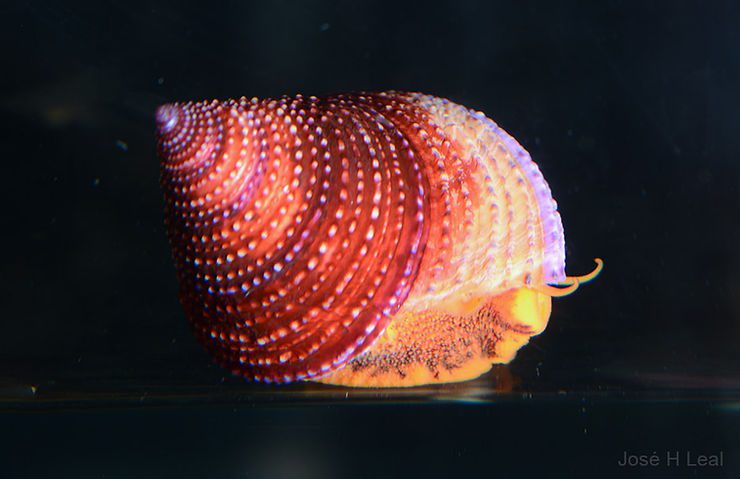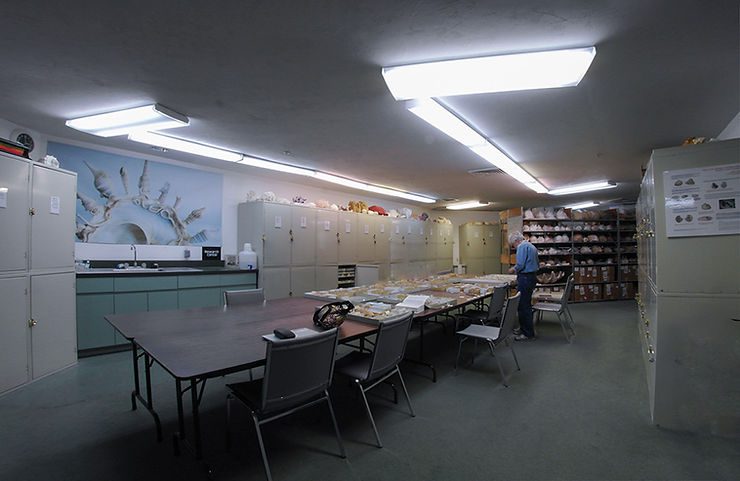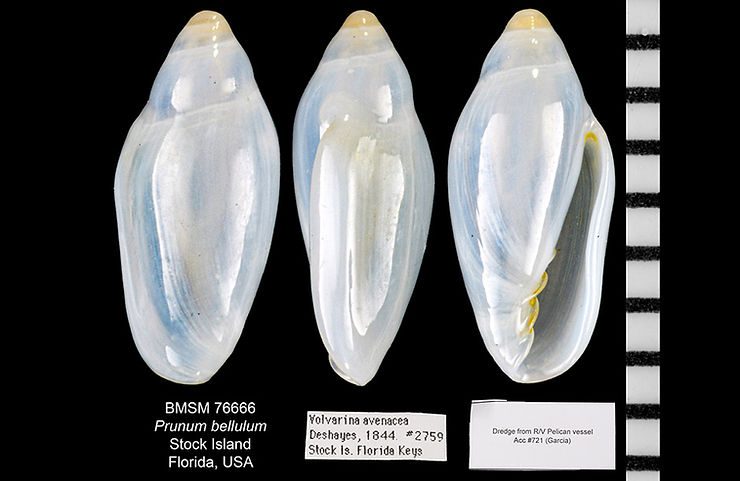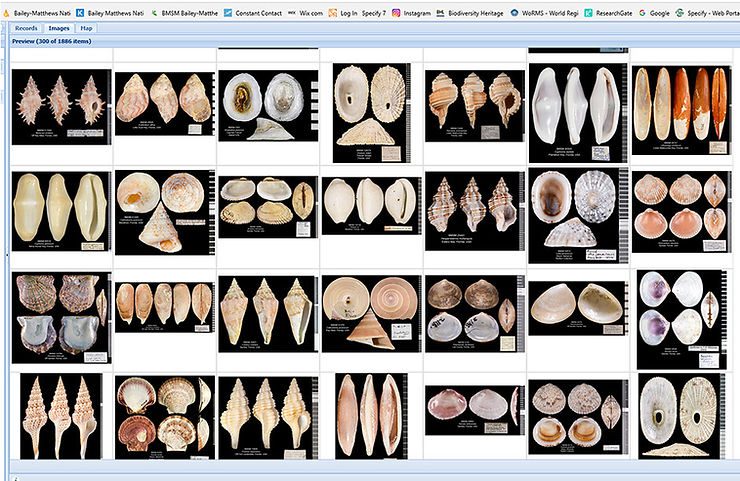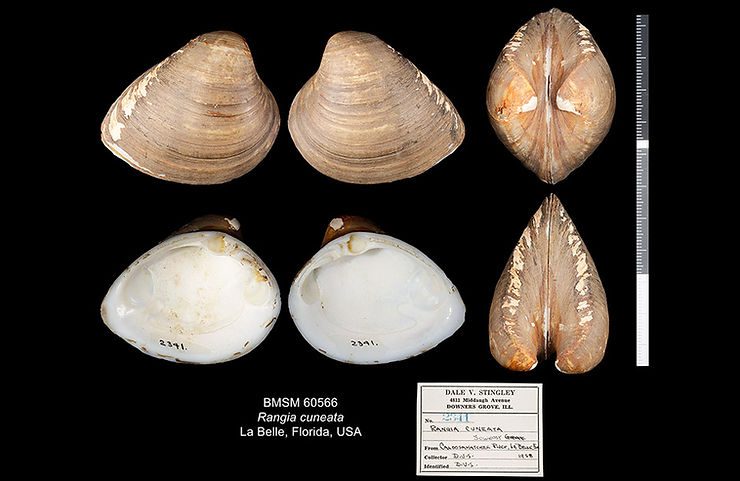
Shell of the Week: The Exquisite False Dial
Spirolaxis centrifuga (Monterosato, 1890) is a delicate and truly attractive species of the sundial snail family Architectonicidae. The species is found in deeper water in the western and eastern Atlantic, and may grow to about 5 mm (0.2 inch) in diameter. The shell is open-coiled, with successive whorls (shell “turns”) not touching each other, yet maintaining regular, proportional distances from the neighboring whorls. Gastropods from other families make open-coiled shells; they are all very el
